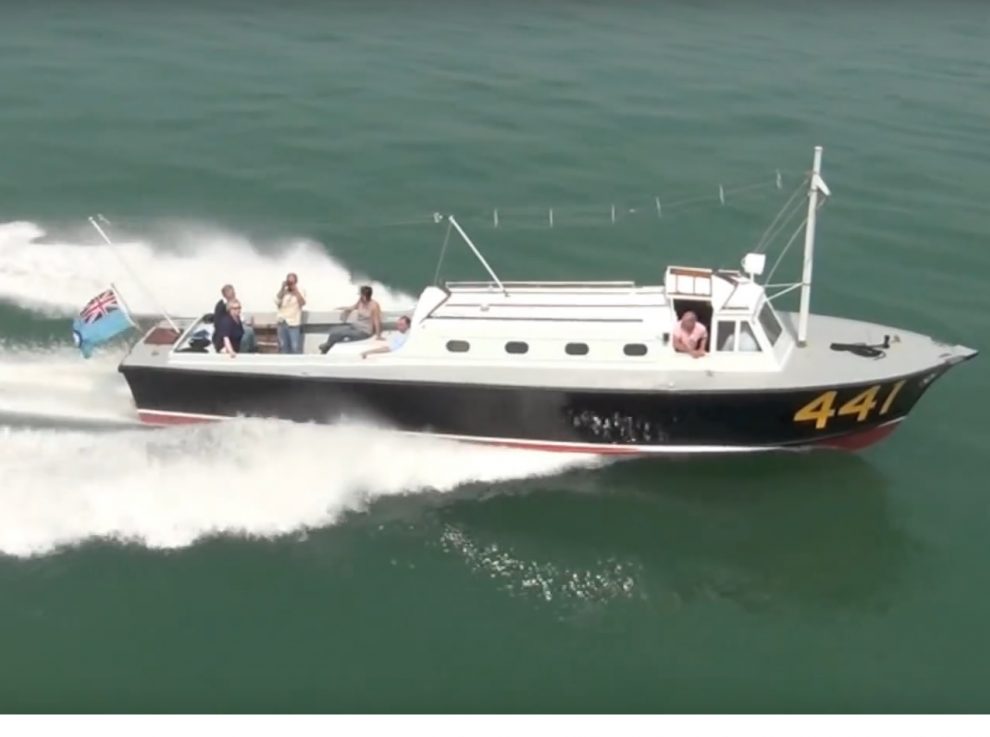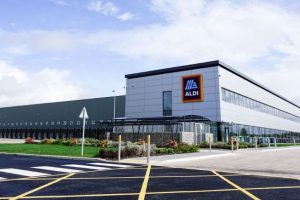MILFORD HAVEN will be commemorating 75 years since the D Day landings in Normandy on Thursday, with the Royal British Legion’s local branch organising a service at 11am on The Rath.
But this years’ service will be extra special because out in The Haven an original WW2 RAF air sea rescue launch, which was in Normandy during the invasion, will be motoring past for all to see.
Call sign 441, the RAF high speed launch and her crew rescued the entire crew of a downed B17 aircraft during the Operation Overlord.
Owned by Mr Alistair and Mrs Marion Walker, it is the only working example of its type and during WW2 served at RAF Pembroke Dock
These craft were constructed by the British Power Boat Co, Hythe Nr Southampton. and were designed by George Salman as seaplane tenders. Power was supplied by 2 x 130 hp Perkins diesel engines giving a speed of 23 knots and were constructed between 1941 –1944.
The main work was running the crews out to moored aircraft and acting as tugs and service craft. As the war progressed and more use was made of land bases, they became surplus to requirements. However, a new role was found for them to provide a comprehensive A.S.R cover of the waters around the coast and to this end it was necessary to use some of the smaller tidal harbours. It was almost impossible to use any of the larger High Speed craft for this purpose, and the Seaplane tenders were ideal fitted the role admirably.
Some of the notable rescues by these small craft such as no 1515 operating out of Lyme Regis picked up 26 paratroops from Lyme Bay on D Day and 441 is known to have res¬cued a complete crew of a Fortress bomber and 444 the crew of a Lancaster who were located by light signals.
The RAF Search and Rescue Force
The Marine Craft Section (MCS) was created just days after the formation of the Royal Air Force (RAF) in 1918, but would achieve fame for its role in air-sea rescue operations during the Second World War.
As the UK entered the Second World War, the MCS found itself ill-prepared for war. During the Battle of Britain, the MCS could only keep 10 of 13 High Speed Launch (HSL) boats available for air-sea rescue operations at any one time. The high performance of the craft was at the expense of the service life of the engines, at only 360 hours. Even with the help of civilian vessels and the Royal Navy, aircrew who baled out or ditched in the North Sea and English Channel had only a 20% chance of being returned to their squadrons. Between mid-July and October 1940, the UK lost 215 pilots and aircrew to the seas.
In light of this, in 1941, an emergency meeting was convened by Air Marshal Sir Arthur Harris. The Royal Navy offered to take over sea rescue operations in their entirety. The RAF declined and subsequently created the Directorate of Air Sea Rescue in February 1941.
Operationally it was to be known as Air Sea Rescue Services (ASRS), later becoming the RAF Search and Rescue Force. Together with the expansion of the ASRS component of the MCS, the ASRS worked to improve the survival of aircrews through the development and issue of better individual survival equipment. By the end of the Second World War, more than 8,000 aircrew and 5,000 civilians had been rescued, and the MCS had some 300 HSLs and over 1,000 other vessels, located not just in the waters around the UK, but around the world.
After the war, the MCS was granted full branch status in 1947, however the role of the new branch would be greatly reduced post-war. This was due to a variety of factors, including the end of the British Empire, the withdrawal of flying boats from service and the increasing use of helicopters in air-sea rescue. The branch was disbanded in 1986.

















